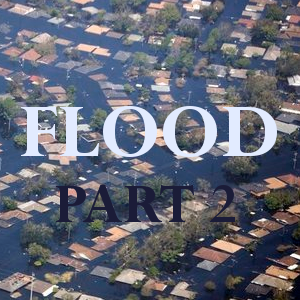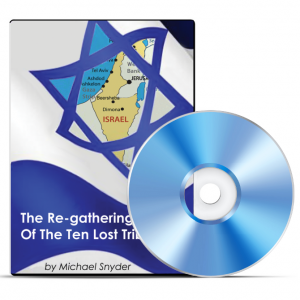Flooding continues all around the world at a frequency and severity like we never seen before. A decade ago, this would have been considered an alarmist statement, but the incidences of destructive flooding have become so commonplace that some are already becoming desensitized to it. Give it a few more years, and it’ll be considered an everyday part of life.
For what part of this problem is caused by human carelessness is moot; if this indeed due to our carelessness, it was committed by our forebears a few generations ago. The damage has been done, and the best we can do is to not make things any worse by continuing humanity’s environmentally hazardous habits. In that sense, we are suffering due to their mistakes. Let us make sure that our own children don’t suffer on our behalf.
I realized that I didn’t cover all the bases in my previous guest post, and I aim to supplement that previous entry with more bits of advice and information. Here we go…
Vehicles
Once you’ve surmised how your area fares in a flooding situation (either by actual experience or finding suitable information from areas with the same topography and climate), you will have to prepare for transportation; this is either for just negotiating through the flood waters and attempt to impose normalcy in an otherwise abnormal situation, or outright evacuation of the area.
If the floods are not so bad as to scare people away from their homes, then your regular transportation arrangements must be able to negotiate through floods. Selling off your low-clearance sedans and station wagons in favor of big-wheeled trucks and and sport utility vehicles would be the most prudent move to make. This doesn’t need to break your bank; there are online auction and sales sites (NextTruck, for example) that can help you secure a large vehicle for less.
Actual boats are another viable way to get around or evacuate from flooded areas. Do some internet research on what kind of seacraft is viable for use in such situations, and make sure it will have more than enough room to accommodate all the members of your family, plus some supplies.
While some people are adamant in weathering out (pun intended) the natural trials of living where they are, there are others who find that the better course of action is to up and leave to move elsewhere. For naturally nomadic sorts of people, this might not be a hard decision to make, but for those who have family, history, and their livelihood grounded to a certain part of the world, this is not a trivial matter.
If one does decide to move, you have at your disposal the ability to extensively research on a new venue to live in. Granted, there is no place that is problem free, but there are some neighborhoods that aspire to come close. They’re either expensive, or remote, so you’ll have to make some compromises if you wish to move to a place that isn’t in immediate danger of flooding.
Moving Forward
It is a little saddening to think that at this point in human civilization, we are locked in a battle of attrition with Nature. Nobody wins in the end. We must move forward and start becoming more responsible and proactive stewards of our natural world. Only then can we humans truly live lives of prosperity and harmony with the rest of the biosphere.
About the Author
Stacey Thompson is a professional writer, marketer, entrepreneur, and a lover of weird little animals. She is based in San Diego, California, and is saving up to find a place to settle that is virtually flood-proof. Stacey and her friends have a blog, Word Baristas.
Picture Credit-Rivers receding in Calgary www.boston.com
Picture Credit- Creative Commons











